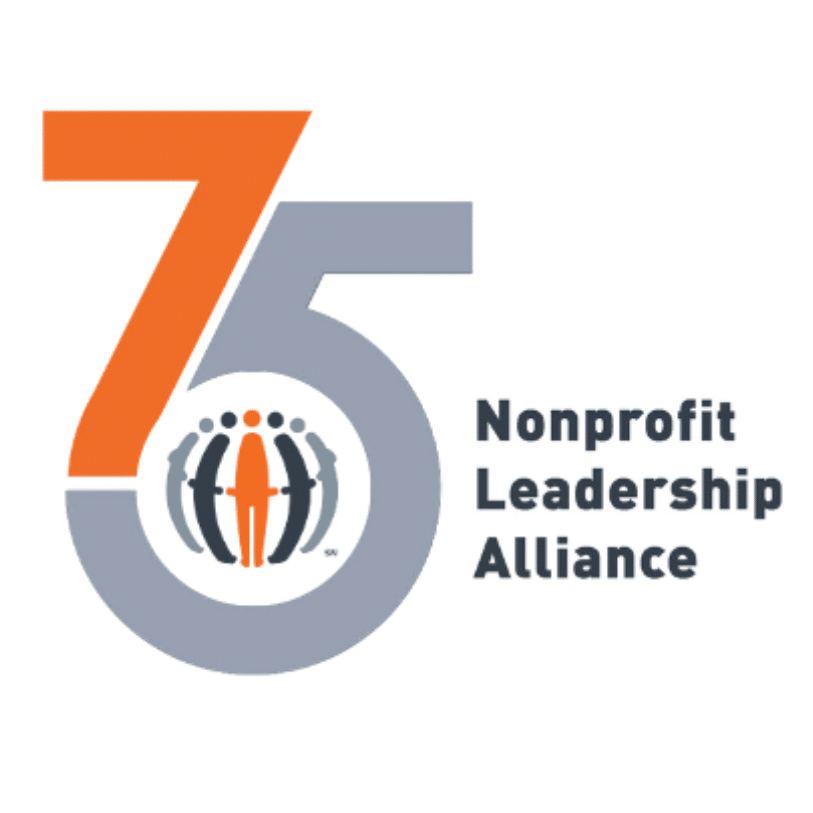Written by: Gabrielle Perham, MBA
Reading Time: 5 minutes
Most nonprofits experience some level of donor attrition over time. Whether a donor lapses because they lost interest in your organization or their capacity to give changed, it’s five times more cost-effective to regain lapsed donors than it is to recruit new ones. With an organized database and data enhancement tools, you can identify donors as they lapse and craft personalized communications to reclaim their support.
In this guide, we’ll walk through four data-driven strategies for rebuilding meaningful relationships with your past supporters so that you can have a strong donor base for years to come.
1. Identify lapsed donors with high-value.
Before you can begin the process of bringing lapsed donors back into the fold, you first need to identify who these donors are. A lapsed donor is someone who hasn’t made a donation in over a year but has previously given to your nonprofit at least twice.
To find and keep track of these donors, scan through your CRM and segment donors based on the date of their most recent contribution. Make note of who has passed the 12-month mark and who is nearing it.
Depending on your needs, you may also choose to filter down the results based on their past engagement and giving history. For example, it’s probably not worth your time to focus on lapsed donors who made gifts under $20 when you’re running a capital campaign. Instead, concentrate on the donors whose contributions will bring you a positive return on the resources you spend winning them back.
2. Ensure their information is up-to-date.
It’s possible that your lapsed donors just lost touch with your organization and would have otherwise continued giving. Perhaps their credit card expired or they changed their email address. That’s where a data append comes into play.
AlumniFinder defines data appending as the process of using a third-party source to supplement or add new information to your database. From updating a lapsed donor’s mailing address to finding out their most recent income level, there are several ways to make sure you’re contacting the right person to support your organization.
Partner with a data provider to collect the following information about your former supporters:
- Phone numbers
- Email addresses
- Capacity to give
- Employment status
- Giving history
By maintaining a clean and accurate database, you can track down donors who disappeared but still want to give.
3. Hone your outreach strategy.
Now that you know who to contact, it’s time to launch a highly targeted outreach campaign. Lapsed donors generally warrant an email, phone call, or letter, as these channels offer greater personalization than a social media or blog post.
Handwritten letters are especially impactful because they show donors that you took the time and effort to regain their support. Plus, you can include a return envelope and a first-class mail stamp to drive donations. However, for nonprofits with extensive mailing lists, an automated email that links to your donation page may suffice. If you can’t decide between email and direct mail, send out a small batch of each and collect marketing metrics, such as response and conversion rates, to determine which outreach method is the most effective at winning back lapsed donors.
Whether you choose to communicate through digital channels or print, your message should be donor-centric. Start with a success story that sparks emotion and shows how your nonprofit relies on donations to make a difference. For example: “With the help of generous donors like yourself, we provide clean drinking water to communities in need so that women like Sara can lead safe, happy, and healthy lives.”
Then, invite lapsed donors back with a clear call-to-action (CTA), such as, “We need a total of $25,000 to fix the local water crisis. Will you rejoin our cause?” According to NXUnite’s guide to nonprofit marketing, a compelling CTA has the power to grab a person’s attention and inspire them to give again.
4. Personalize your appeals.
Donors can tell when an organization sends out a mass appeal. Rather than opening your email or letter with an impersonal greeting like “dear donor,” speak to them directly. Revisit your donor database and gather information about each donor’s journey within your organization.
Use that data to tailor your message to their past engagement and giving history, making sure to:
- Mention the last time they were in contact. If you want to win back lapsed donors, it’s important to let them know that your nonprofit has noticed their absence and is still thinking of them. For instance, you might say, “It’s been over a year since the last time we heard from you. We miss your commitment to our cause.”
- Reference their most recent contribution. Remind them of the value of their previous support, noting that “Last year, you gave $50, which allowed us to provide a warm meal to a child suffering from food insecurity. Can we count on you to give again?”
With an authentic, personalized message, your nonprofit can create a positive impression on lapsed donors and convince them to recommit to your cause.
Although the process of reactivating lapsed donors can be time-consuming, it’s important to remember that you won their support before and, with the right strategy, you can do it again. Focus on donor retention throughout the year and have your CRM notify you when a donor is nearing the 12-month lapse mark. That way, you can work quickly to perpetuate their continued support.
About the Author:

Gabrielle is the Director of Marketing & Sales Operations for Deep Sync and its family of brands: Compact Information Systems, HomeData, AccuData Integrated Marketing, AlumniFinder, ASL Marketing, CollegeBound Selection Service, and DeepSync Labs. She joined the organization in 2017 and possesses more than 15 years of experience in strategic marketing, branding, communications, and digital marketing. She earned a B.S. in Marketing and an M.B.A in Marketing Management from the University of Tampa.
